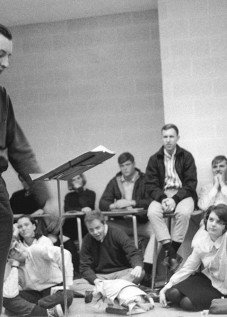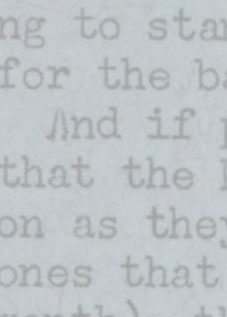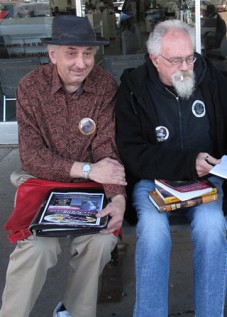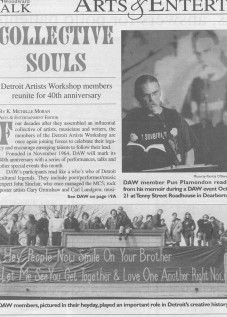James Semark – Urban Revitalization’s Second Wind
The Detroit Artists Workshop Version Two
“…The setting is here; the town shows evidence of the development of it…The star of Detroit is rising…This is the way that I look at it…” – Harold McKinney
In November of 1964, the Artists Workshop was formed, and soon became a gateway of culture, from the past and into the future. It was formed at the tail end of a golden age of artistry in Detroit, an age that knew Motown, the Minor Key and the Bluebird Inn. When the Workshop opened its doors, it added its unique approach to a history of cooperatives that had already launched recognition of musicians, poets and artists alike. While it existed, the Workshop laid the foundation for many cultural threads to follow, including the Cass Corridor tribes of artists who flourished there. The list of well-known people and cultural icons is long, and yet, forty years later, what interests us is the creative landscape that continually spawned these individuals and their movements.
At the center of Detroit movements, we find clusters of people with genius potential, empowering each other with their creativity. Creativity empowers the core beliefs of individuals from the inside, resulting in groups of artists arising and taking risks with the limits of their expression. When that happens, other people are affected and spontaneously begin exploring their art, as well. Soon, whole communities are collaborating and networking, developing new tools to benefit their lifestyle.
Without creativity and culture, at grass-roots levels, urban revitalization is next to impossible. Yet, whenever creativity factors are allowed to grow, those communities become strong in themselves, regardless of which way the political or economic winds shift.
The Detroit Artists Workshop was a community of people living together and empowering themselves from the ground up. What was unique about the Workshop was its intensely communal lifestyle. It was a 24 x 7 camp of musicians, poets, artists, and film-makers, with each individual experiencing accelerated growth in months, what would otherwise have taken years (or never at all). It was a fast-track to grass-roots community leadership.
What about the second wind (or chance)? Here we are, in 2004, and the world is a much different place than it was forty years ago. On one hand, we see miles and miles of city blight, and on the other, we witness scores of talented people migrating away from the urban centers each year. Due to the massive failure of industrial development, Detroit is an ideal breeding ground for a new social perspective. A hint of that perspective can be found in what we lived and preached in the Artists Workshop decades ago. Today, the city needs communal living-space; it needs the fast-track to community leadership. The presence of an Artists Workshop v.2, in the creative landscape of Detroit, would provide a healthy factor in the growth of urban revitalization.
In the grand vision, there would be multiple Workshops in the city, each one unique within its own community and networked with each other. The development of one such center might go like this:
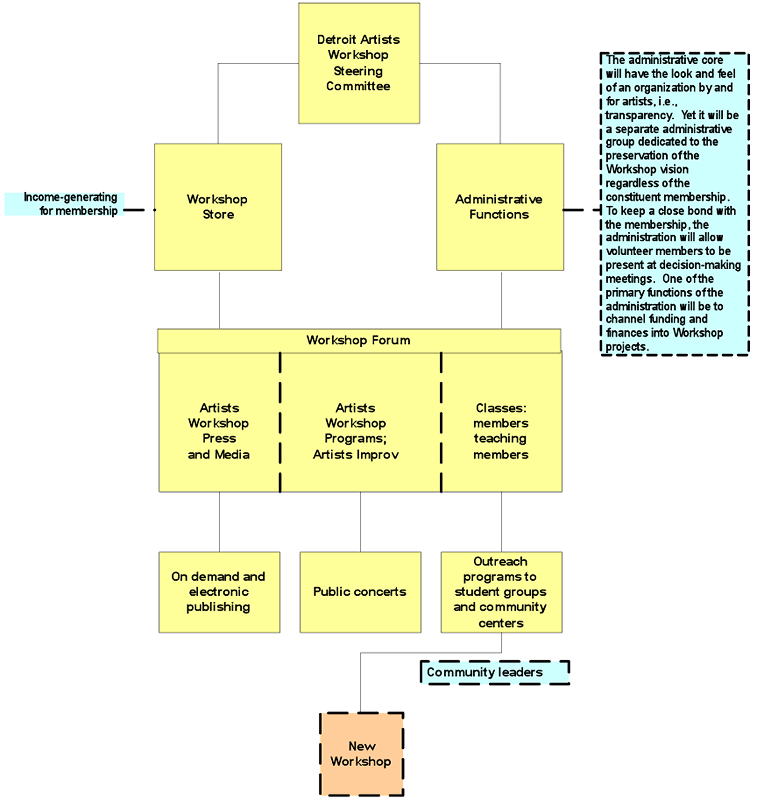
James Semark, Detroit 6/11/2004
[It is uncertain if this article was published on the 2004 DAW website. It was found in the papers of James Semark]
Tags: James Semark



